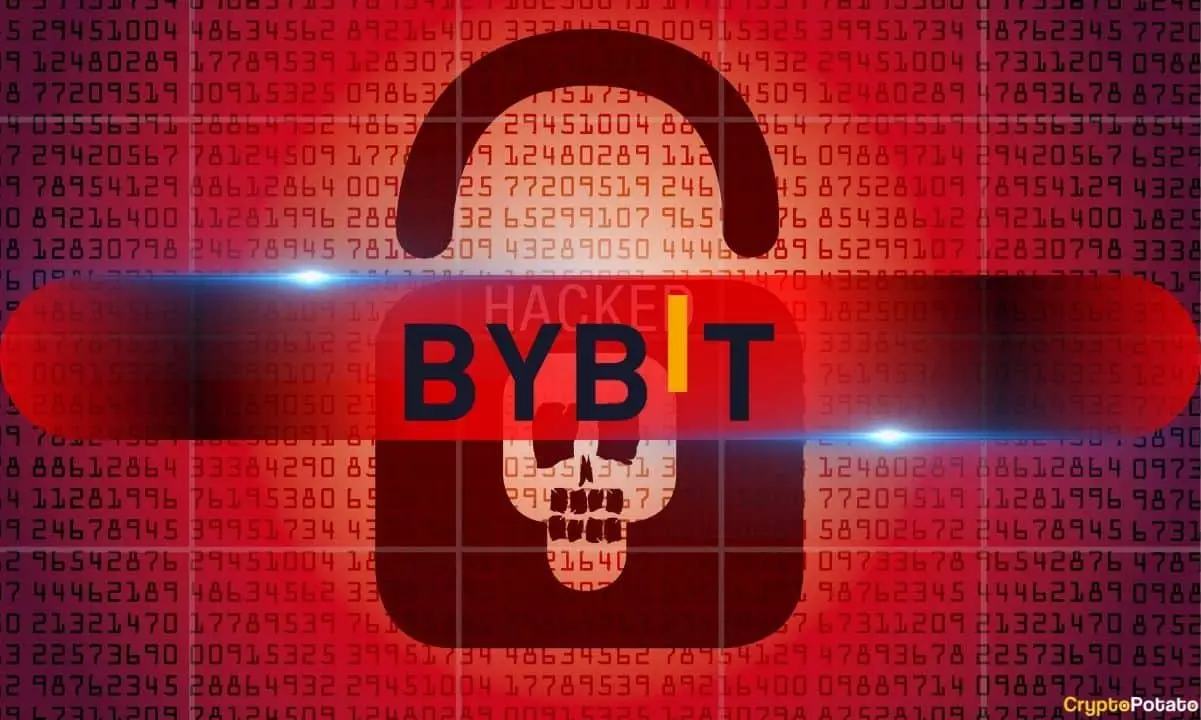In a digital landscape defined by volatility and innovation, Bybit recently experienced a seismic shock, one that sent ripples throughout the cryptocurrency market and exposed the vulnerabilities that exist within the digital currency infrastructure. Less than two months ago, Bybit, a prominent cryptocurrency exchange, became the target of a colossal cyberattack, resulting in the theft of approximately $1.5 billion worth of ether (ETH). This incident is not just another hacking story; it serves as a dystopian reminder of how fragile the world of cryptocurrency can be, despite its outward promises of democratizing finance and offering unparalleled opportunities.
In today’s technological era, the trust placed in financial systems must be both earned and preserved. The heist targeting Bybit’s Ethereum cold wallet raises alarming questions about the infrastructure of cryptocurrency exchanges. If a platform of Bybit’s stature, which facilitates billions of dollars in transactions, can be breached so easily, how can average traders and investors feel secure? The consequential fallout was a significant sell-off that exacerbated an already fragile market landscape, which was grappling with external pressures like tariff conflicts and the sporadic disruptions caused by emerging technologies, specifically artificial intelligence.
Market Reactions and Initial Fallout
In the wake of the attack, immediate market reactions were swift and dramatic. Analysts observed a notable spike in Tether (USDT) trading, suggesting that panic drove many traders to seek safe havens, albeit temporarily, as Bitcoin (BTC) and altcoin volumes quickly plummeted. With Bybit’s share of the spot trading market collapsing from 11% to a troubling 4%, the ramifications of the hacking incident could not be overstated. Even as Ethereum volumes experienced relative stability, Bitcoin’s trading activity fell dramatically from 50% to below 20%. These metrics highlight not just a loss of faith in Bybit, but a broader crisis of confidence in cryptocurrencies as a whole.
What’s particularly disturbing is that the spillover effects extended far beyond Bybit’s internal metrics. The hacking incident presented evidence that the cryptocurrency market remains susceptible to panic-induced sell-offs, a factor that an educated investor must consider. The intertwining of external macroeconomic variables and internal exchange weaknesses led to a unique toxic cocktail of uncertainty that investors are increasingly wary of.
The Role of Retail Price Improvement Orders
Amidst the chaos, Bybit’s implementation of Retail Price Improvement (RPI) orders just days before the cyberattack showcased a silver lining. These innovative orders, aimed specifically at enhancing liquidity for retail traders, perhaps became the lifeline that partially insulated Bybit from a total collapse. RPI orders allowed retail participants to execute trades with tighter spreads—an essential factor in navigating a turbulent market. Surprisingly, while most volumes fell, the proportion of trading activities for assets like Pepe (PEPE) and Official Trump (TRUMP) were somewhat anomalous, hinting at a zone of atypical trading behavior.
One must laud Bybit for its attempt to provide liquidity even when the market’s prevailing winds were howling in the opposite direction. It’s a stark reminder that while institutional players often overshadow retail investors, the latter also deserve the tools necessary to navigate this unpredictable landscape. Bybit’s RPI initiative was conducted with open eyes but could also prompt discussions about whether exchanges should focus more on retail protection as they scale operations.
Lesson for Cryptocurrency Investors
The lessons emerging from Bybit’s experience extend beyond a single attack; they illuminate fundamental truths about cryptocurrency trading. First and foremost, the volatility that grips the market is not merely a byproduct of price fluctuations but is often driven by institutional fears and vulnerabilities. The importance of liquidity and execution risk cannot be overstated when dealing with a decentralized economy that is both thrilling and treacherous.
For investors, understanding these dynamics is crucial. In an age where data analysis becomes a weapon, staying informed about market mechanics, such as bid-ask spreads and order book depth, enables a more strategic approach to trading. As crypto enthusiasts, we need to demand more from the platforms we utilize, advocating for transparency and a level of security that matches our expectations.
Bybit’s monumental breach serves as a cold wake-up call, not only about the risks inherent in cryptocurrency trading but also about the resilience we as traders must cultivate. Crypto is not just a technological marvel anymore; it’s becoming a battleground where fortunes are made and lost daily. The revelations from Bybit’s saga should resonate with anyone who believes in the transformative power of this market—it’s time to scrutinize the systems behind the magic.

